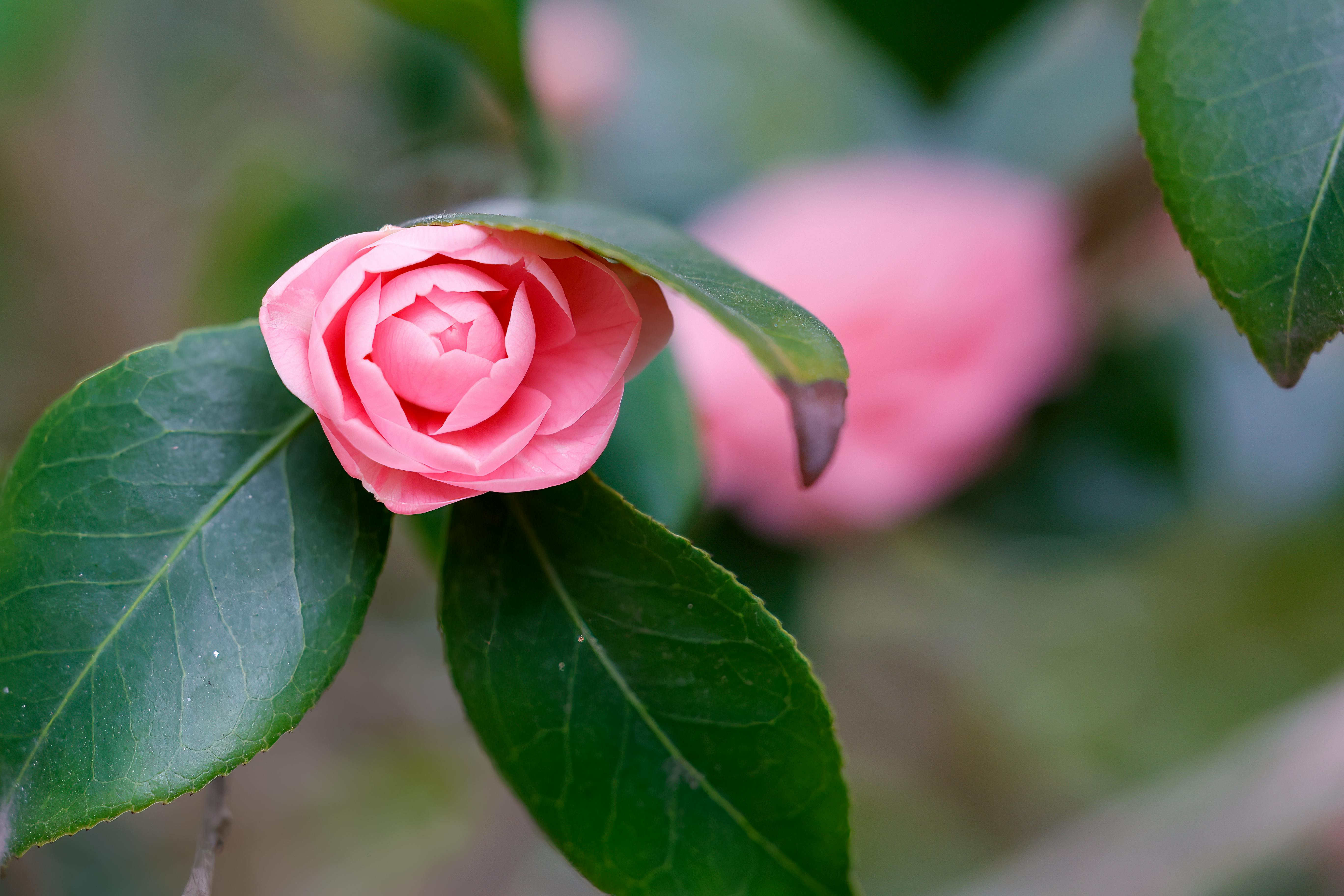Kentucky bluegrass is a popular and attractive cool-season grass. It is commonly used for lawns, parks, and golf courses. If you are planning to plant Kentucky bluegrass, it is important to know when the best time to do so is. The optimal time for planting Kentucky bluegrass varies depending on your climate and location. Generally speaking, fall is the best time to establish Kentucky bluegrass.The best time to plant Kentucky bluegrass is in the late summer or early fall when temperatures are cooler and there is adequate soil moisture.
Preparing the Soil for Planting Kentucky Bluegrass
The first step in planting Kentucky bluegrass is to prepare the soil. This means removing any rocks, sticks, or other debris from the area and tilling the soil to create a level surface. The soil should be relatively loose and free of large clumps. If you have clay or sandy soil, adding organic matter like compost or peat moss will help improve drainage and make the soil more hospitable to bluegrass. After tilling, use a rake to smooth out the surface of the soil and remove any remaining clumps.
The next step is to test the pH of your soil. Although Kentucky bluegrass prefers slightly acidic soils (pH 6-7), it can tolerate neutral soils (pH 7-7.5). If your soil is too acidic (below 6) or too alkaline (above 7.5), you can add lime or sulfur to adjust the pH level accordingly.
Once you have adjusted your soil pH as needed, you are ready to plant your Kentucky bluegrass seed. The seed should be planted in late summer or early autumn in order to give it enough time to germinate and establish itself before winter arrives. Plant the seed at a rate of 1/4 – 1/2 pound per 1000 square feet and cover lightly with topsoil or compost. Water lightly after planting, then continue with regular watering for several weeks until well established.
Finally, mulch can be added around your newly planted grass seed for extra insulation during winter months and added protection against weeds during spring and summer months. A 2-3 inch layer of organic mulch such as straw, wood chips, or shredded leaves will help keep moisture levels consistent while providing additional nutrients to your newly planted grass seed.
Ideal Soil Conditions for Planting Kentucky Bluegrass
Kentucky bluegrass is popular with turfgrass growers due to its durability and attractive appearance. To ensure the best results when planting this grass, it is important to understand the ideal soil conditions for optimal growth. Kentucky bluegrass does best in well-drained, loamy soil that has a pH of 6.0 to 7.2. The soil should also be high in organic matter and have adequate amounts of nitrogen, phosphorus, and potassium available for plant growth.
When preparing the soil for planting, it is important to remove any weeds or existing grasses that could compete with the Kentucky bluegrass. The soil should be worked to a depth of at least 6 inches before planting seeds or sod. If necessary, amendments such as lime or gypsum can be added to adjust the pH level of the soil and help ensure optimal growth conditions.
Kentucky bluegrass prefers cool temperatures, so it is important to avoid planting in areas that are exposed to excessive heat or direct sunlight during summer months. It is also important to water the seedbed regularly until germination has occurred. Once established, Kentucky bluegrass does not require much supplemental irrigation and can tolerate some drought conditions if necessary.
Overall, providing ideal soil conditions for Kentucky bluegrass is essential for successful establishment and lush growth over time. With proper preparation and maintenance, this hardy grass will provide years of beauty in a variety of landscapes.
Optimal Temperature for Planting Kentucky Bluegrass
Kentucky bluegrass is a popular, cool-season turfgrass that is widely used in lawns and athletic fields. It is known for its dark green color, high quality, and excellent wear tolerance. In order to ensure success when planting Kentucky bluegrass, it is important to understand when and at what temperature to sow the seeds.
The optimal temperature range for planting Kentucky bluegrass is between 55°F and 65°F. When the temperature rises above this range, germination of the seeds will decrease. Similarly, if temperatures drop below 55°F, germination will also be reduced. It should be noted that while Kentucky bluegrass can survive temperatures as low as -20°F after it has become established, it does not tolerate heat well and should not be planted in temperatures higher than 65°F.
When planting Kentucky bluegrass seed, the soil temperature should be monitored closely to ensure optimal conditions for germination and growth. Planting too early in the season can lead to poor seed establishment due to low soil temperatures or frost damage. Similarly, planting too late in the season can lead to poor establishment due to high soil temperatures or drought stress.
To ensure success when planting Kentucky bluegrass, it is important to monitor both air and soil temperatures closely during the spring and early summer months. If temperatures rise beyond 65°F or drop below 55°F during this time period, hold off on planting until conditions improve. With proper care and attention given to soil temperature during planting time, you can ensure a successful establishment of your Kentucky bluegrass lawn or field!
Which is Better to Plant, Kentucky Bluegrass Seeds or Sod?
When deciding between Kentucky bluegrass seeds and sod for a lawn, there are several factors to consider. Kentucky bluegrass is a popular cool-season grass that is known for its lush green color and dense, durable turf. It’s important to take into account the amount of time and labor required for each option as well as the cost.
Installing sod is a faster process than planting seed because it requires less time and labor. Simply purchase the sod from a nursery or garden center, lay it on the prepared soil, and water regularly. It will take about two weeks for the sod to establish roots and become established. Sod also offers instant gratification since it looks great right away.
Planting Kentucky bluegrass seed is a slower process but can be more cost-effective than purchasing sod. The area should be prepared by removing any existing grass or weeds, tilling the soil, adding compost or fertilizer, and leveling the ground before sowing the seeds. Once planted, water regularly and keep in mind that it may take up to six weeks for seedlings to emerge above ground level.
Overall, both options have their advantages and disadvantages. If you need an instant solution with minimal effort required then sod may be your best choice. If you don’t mind waiting longer for results or want to save money then planting Kentucky bluegrass seeds may be a better option for you.

The Best Fertilizer for Planting Kentucky Bluegrass
Kentucky bluegrass is one of the most popular lawn grasses in the United States. It is renowned for its ability to tolerate drought, heat, and cold temperatures. To ensure a lush, healthy lawn, however, it is important to fertilize Kentucky bluegrass regularly. There are many types of fertilizer available on the market today, but the best type for planting Kentucky bluegrass is a slow-release fertilizer.
Slow-release fertilizers are designed to break down slowly over time, ensuring that grass receives a steady stream of nutrients over several weeks. This type of fertilizer helps to prevent over-fertilizing and encourages deep root growth. It also helps to reduce the amount of water needed for irrigation because slow-release fertilizers do not leach out of the soil as quickly as other types of fertilizer.
When selecting a slow-release fertilizer for planting Kentucky bluegrass, look for one that contains nitrogen (N), phosphorus (P), and potassium (K) in ratios ranging from 3:1:2 to 4:1:2. This combination will provide your turf with all the nutrients it needs to stay healthy and green throughout the growing season. Additionally, look for fertilizers that contain added iron or sulfur to help reduce soil pH levels and keep your turf looking its best.
Fertilizing Kentucky bluegrass regularly with a slow-release fertilizer is key to establishing a healthy, lush lawn that will last for years to come. With the right combination of nutrients and application timing, you can ensure your Kentucky bluegrass remains strong and resilient throughout all seasons.
How Much Water Should be Applied When Planting Kentucky Bluegrass?
When planting Kentucky bluegrass, it is important to ensure that the soil is adequately moist. The amount of water each seed requires will vary depending on the size of the seed and the soil moisture levels. Generally, it is best to apply at least 1 inch of water per week during the establishment period. This will help ensure that the soil is evenly moist and provide enough water for the seeds to germinate and grow. It is important to avoid over-watering, as this can lead to disease and other issues. Additionally, it is important to avoid waterlogging the soil, as this can cause root rot and other problems. Once established, Kentucky bluegrass will typically need about 1-2 inches of water per week during hot summer months and less in cooler months.
Should a Fungicide be Used When Planting Kentucky Bluegrass?
When planting Kentucky bluegrass, deciding whether or not to use a fungicide can be a difficult decision. Fungicides are useful in controlling some of the common diseases that can affect this type of grass, but they can also be quite costly. Before deciding whether or not to use a fungicide when planting Kentucky bluegrass, it is important to consider the climate in which the grass will be growing and the potential for disease.
In climates where there is high humidity and rainfall, there is an increased risk of disease developing on Kentucky bluegrass. In these areas, using a fungicide at planting time may be beneficial in reducing the spread of disease throughout the lawn. However, in other areas where there is less moisture and humidity, disease pressure may not be as great and using a fungicide may not be necessary.
In addition to considering climate conditions, it is important to think about how susceptible your particular lawn may be to disease. If you are planting Kentucky bluegrass in an area where other types of turf grass have had problems with diseases such as rust or leaf spot in past years, then using a fungicide at planting time may help reduce the chances of these diseases developing in your new lawn as well. On the other hand, if you are planting Kentucky bluegrass in an area that has never had any problems with turf grass diseases before, then using a fungicide may not be necessary.
Overall, deciding whether or not to use a fungicide when planting Kentucky bluegrass comes down to personal preference and budget considerations. In areas where there is high risk for disease development due to climate and environmental conditions, using a fungicide at planting time may help reduce the risk of diseases developing later on. However, if you are planting Texas Bluegrass in an area with low risk for disease development then it may not be necessary to use a fungicide when planting your new lawn.

Conclusion
Kentucky bluegrass is a versatile and durable grass variety that can be planted in any season. It is easy to establish and will become a beautiful, lush lawn with proper care and maintenance. Planting Kentucky bluegrass in the spring or fall will ensure the best results. In the spring, apply fertilizer after the grass has begun to grow, and water regularly to keep the soil moist. In the fall, aerate the soil to improve drainage and help reduce weeds. Following these steps will help you achieve a healthy, attractive lawn of Kentucky bluegrass.
Overall, planting Kentucky bluegrass is an excellent choice for any lawn. It is easy to establish and maintain with some basic care and maintenance techniques. By following the recommendations listed above, you can have a lush green lawn of Kentucky bluegrass in no time!

